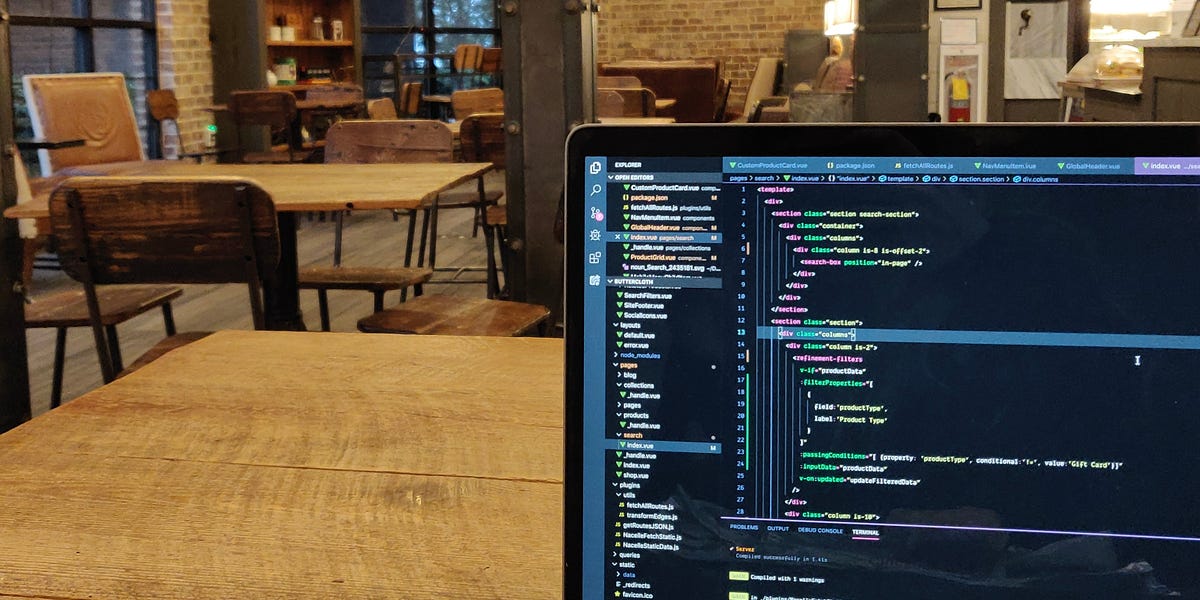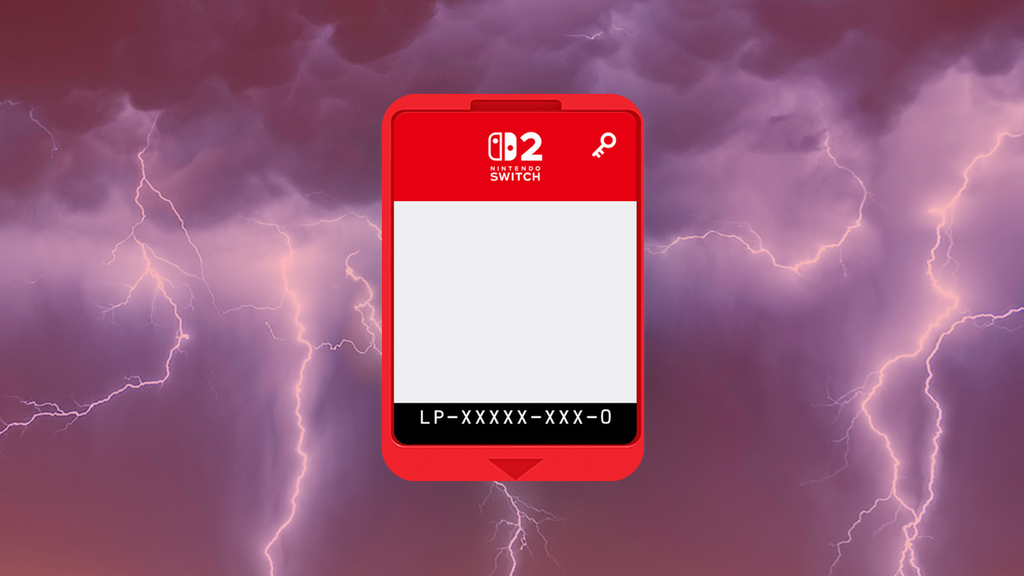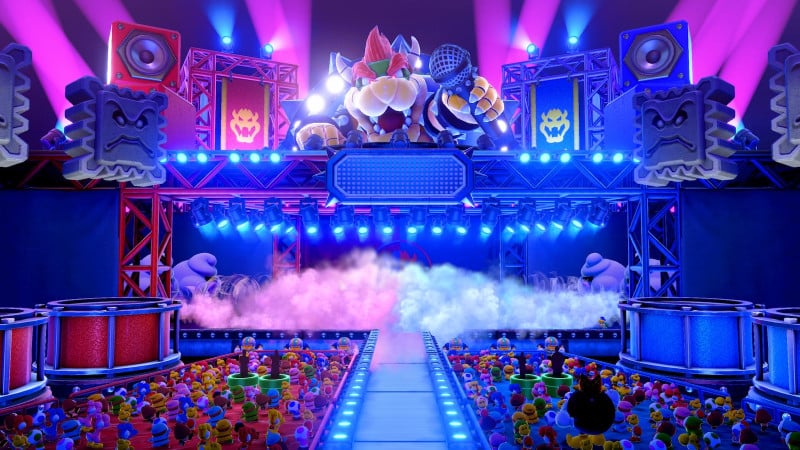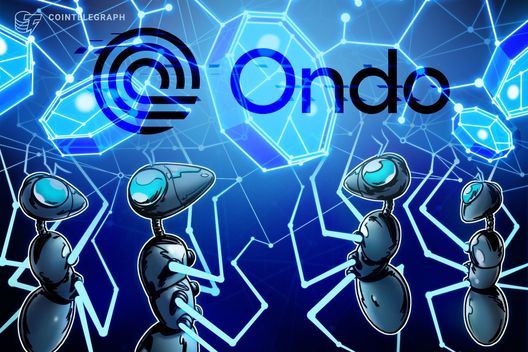AI promised efficiency. Instead, it's making us work harder

AI promised efficiency. Instead, it’s making us work harder.
AI tools were supposed to free up our time—but they’re increasing our cognitive load and making us less productive. Here’s what’s really happening (and how to use them without burning out).
A note: This is a different kind of post than I usually send from After Burnout. Instead of something raw, short, and personal, this is more of a deep-dive article. But given how much this topic connects to burnout and our relationship with productivity tools, it felt important to share.

We were promised a productivity revolution. AI tools would handle the boring stuff, freeing us to focus on creative, strategic work. We’d finally have time to think, to innovate, to maybe even leave the office before dark.
Instead, something strange is happening. We’re working harder than ever.
But here’s the kicker: we were told AI would free us up for “higher-level work.” What actually happened? We just found more work to fill the space. That two-hour block AI created by automating your morning reports? It’s now packed with three new meetings. The 30 minutes you saved on data analysis? You’re using it to manage two more AI tools and review their outputs.
We instinctively expand our work to fill available time—it’s like a productivity version of Parkinson’s Law (work expands so as to fill the time available for its completion). AI promised to elevate us to strategic thinking, but instead we’re just doing more stuff, faster, with less mental bandwidth to actually think strategically about any of it.
I see it everywhere—in Slack channels exploring AI tool recommendations, in LinkedIn posts about “game-changing workflows,” in the exhausted faces of colleagues who’ve spent their morning cleaning up code AI wrote for them.
The promise was simple: AI saves time. The reality is messier.
The data doesn’t lie (even if we do)
A recent study of experienced software developers working on their own repositories found something shocking: when developers used AI tools, they took 19% longer to complete tasks than without AI. Even more telling: the developers estimated they were 20% faster with AI—they were completely wrong about their own productivity.
A 25% increase in AI adoption correlated with a 1.5% drop in delivery throughput and a 7.2% decrease in delivery stability.
This isn’t an isolated finding. The 2024 DORA report—the gold standard for measuring software delivery performance—revealed that while 75% of developers reported feeling more productive with AI, the system-level results told a different story. A 25% increase in AI adoption correlated with a 1.5% drop in delivery throughput and a 7.2% decrease in delivery stability.
Even more striking, the DORA researchers found that “individuals are reporting a decrease in the amount of time they spend doing valuable work as AI adoption increases”—exactly the opposite of what AI tools promise to deliver.
Manufacturing research shows similar patterns—companies adopting industrial AI see immediate productivity losses before eventual gains. This article talks of a “J-curve trajectory,” indicating that a small dip in productivity is expected before gains can be seen. More established companies see a greater dip than newer companies, which is to be expected.
The pattern is consistent across studies: AI tools create an illusion of efficiency while often making systems work harder, not smarter. Individual developers feel faster, but teams deliver slower. People report saving time, but organizations see increased coordination costs.
Before I continue on, I’m not saying AI tools are bad and that you shouldn’t use them. I’m pointing out where we realistically are in this current phase of AI innovation and what it means for us moving forward.
If you enjoyed this post, you can support my writing by becoming a paid subscriber. Thank you!
The cognitive load nobody talks about
Here’s what I think is really happening: AI tools aren’t just saving us time—they’re shifting where we spend our mental energy. And that shift is exhausting in ways we haven’t fully recognized yet.
Instead of writing that email from scratch, you’re now crafting the perfect prompt, reviewing AI output for accuracy, and fixing the weird formatting it generated. Instead of doing research yourself, you’re fact-checking AI summaries and cross-referencing sources you don’t trust.
Researchers and practitioners increasingly describe this as a new kind of cognitive load, requiring effort just to filter and discern AI outputs, which might detract from deeper, more focused work. We’ve traded implementation work for constant quality control—and quality control is mentally draining.
For developers, AI has shifted the job from writing code to “critical specification, orchestration, and post-hoc validation” (source). The code gets written faster, but now you need entirely new meta-skills to manage AI outputs you didn’t create and can’t fully trace.
How this relates to burnout
This isn’t really about AI. It’s about our relationship with productivity culture itself.
The pressure to constantly optimize, to adopt every new tool, to squeeze efficiency from every moment—it’s just another version of the “grind harder” mentality that leads to burnout. We’ve taken the 996 work culture debate (working 9a-9p 6 days a week) and dressed it up in Silicon Valley clothing.
Sometimes the most productive thing you can do is not try to be more productive.
I keep thinking about my A- running rating and how that small drop from A+ still managed to break something inside me. We’re doing the same thing with AI—chasing perfect optimization at the expense of our mental health and actual effectiveness.
Maybe the real productivity hack is learning to recognize when tools serve us versus when we’re serving the tools. Maybe it’s giving ourselves permission to work at a sustainable pace, even if the AI influencers on LinkedIn think we’re falling behind.
Maybe being “less efficient” but more intentional is actually the win.
So what can we do about it?
The solution isn’t to abandon AI entirely—some of these tools genuinely are helpful. But we need to fundamentally change our expectations and approach.
1. Reframe “productivity” entirely
Stop measuring success by time saved. Start measuring by cognitive energy preserved. The real question isn’t “how fast can I do this?” but “can I actually absorb, process, and act effectively on what’s being produced?”
If an AI tool saves you 30 minutes but leaves you mentally drained and second-guessing everything, that’s not productivity—that’s cognitive debt. And if you’re just filling those saved 30 minutes with another 30 minutes of less valuable work, you’re going to eventually resent your work.
2. Give yourself permission to be selective
You don’t have to adopt every AI tool that promises efficiency. You don’t have to optimize every workflow. You don’t have to keep up with every “game-changing” prompt strategy your colleagues are sharing.
Even experienced professionals are wrong about which AI tools actually help them. Trust your own experience over the hype. If a tool makes you feel more scattered, more anxious, or more exhausted—even if it technically saves time—you have permission to stop using it. Exploration is healthy; forced adoption of tools that don’t feel right to your workflow only increases stress.
3. Plan for the adjustment period (and that it might be long)
As stated earlier, AI adoption follows a “J-curve”—temporary productivity decline followed by eventual gains, but only after significant organizational adjustment. Maybe we’re all in that dip right now, and that’s… normal.
The companies that eventually see gains? They’re the ones that invested in complementary changes—new processes, training, infrastructure. They didn’t just bolt AI onto existing workflows and hope for magic.
But here’s what the research really shows: even when productivity gains do happen “accomplishing twice as much work in the same amount of time”—not working less, just cramming more into the same hours.
And that’s what we really need to be wary of. We shouldn’t be trying to do more work in the same amount of time; we shouldn’t be aiming to be more efficient with our time so we don’t have to work 60+ hour weeks.
What's Your Reaction?
 Like
0
Like
0
 Dislike
0
Dislike
0
 Love
0
Love
0
 Funny
0
Funny
0
 Angry
0
Angry
0
 Sad
0
Sad
0
 Wow
0
Wow
0
.jpg)






































